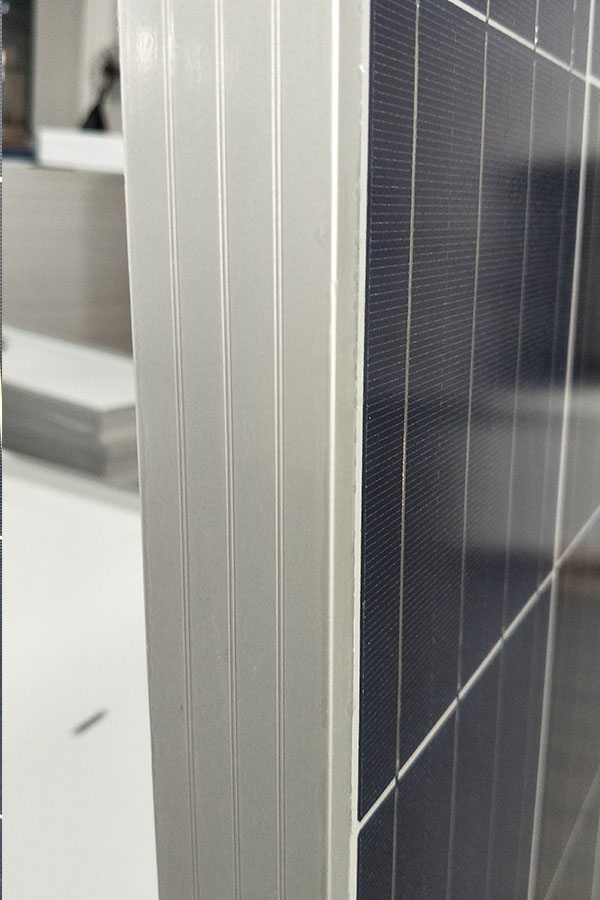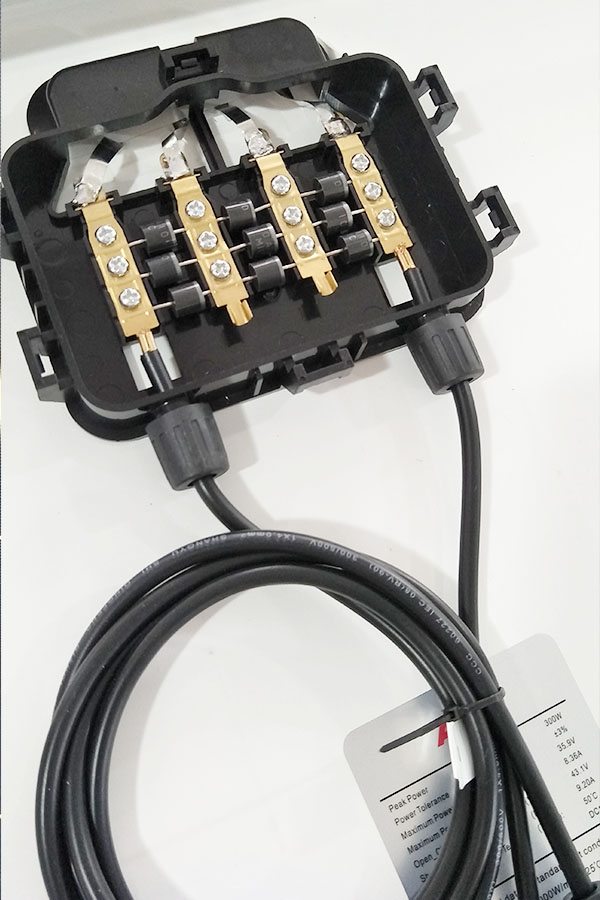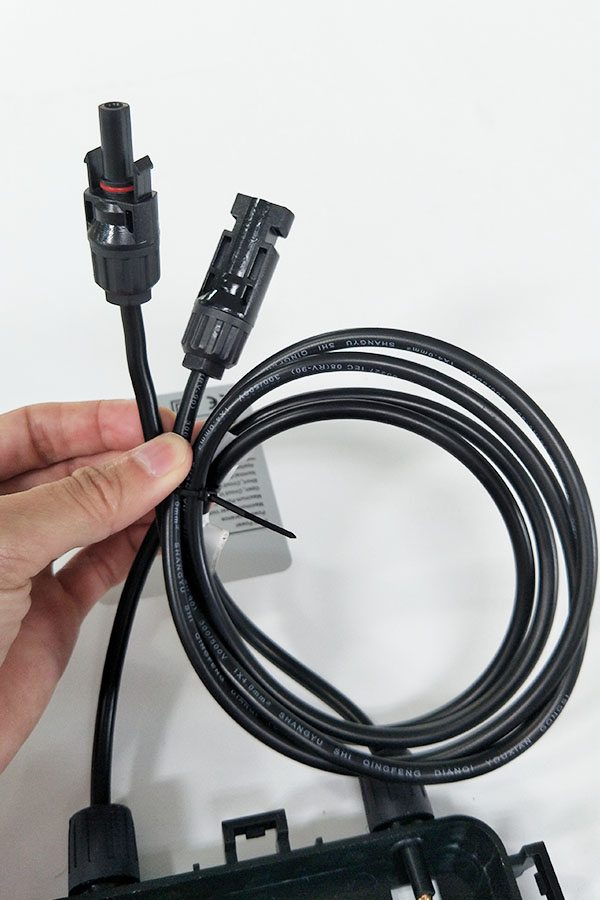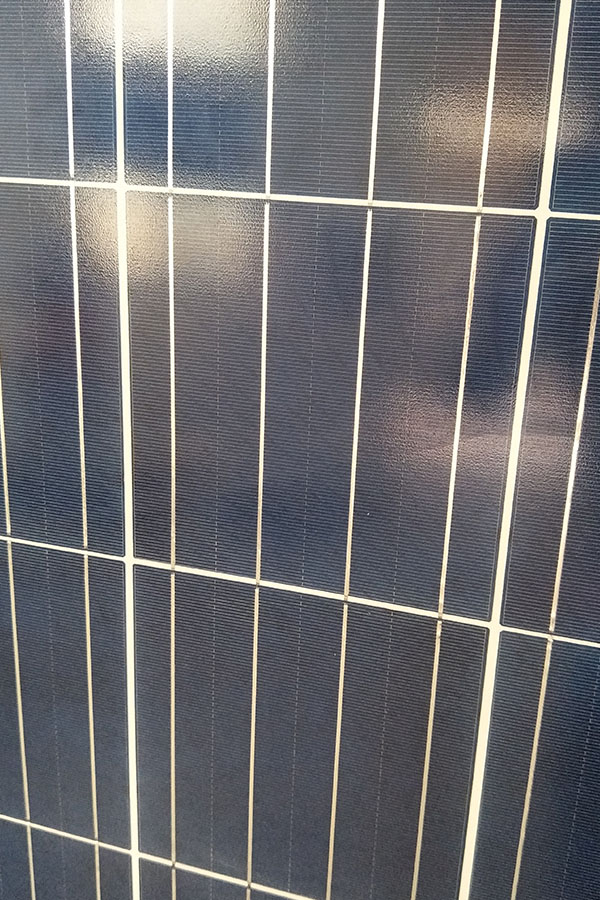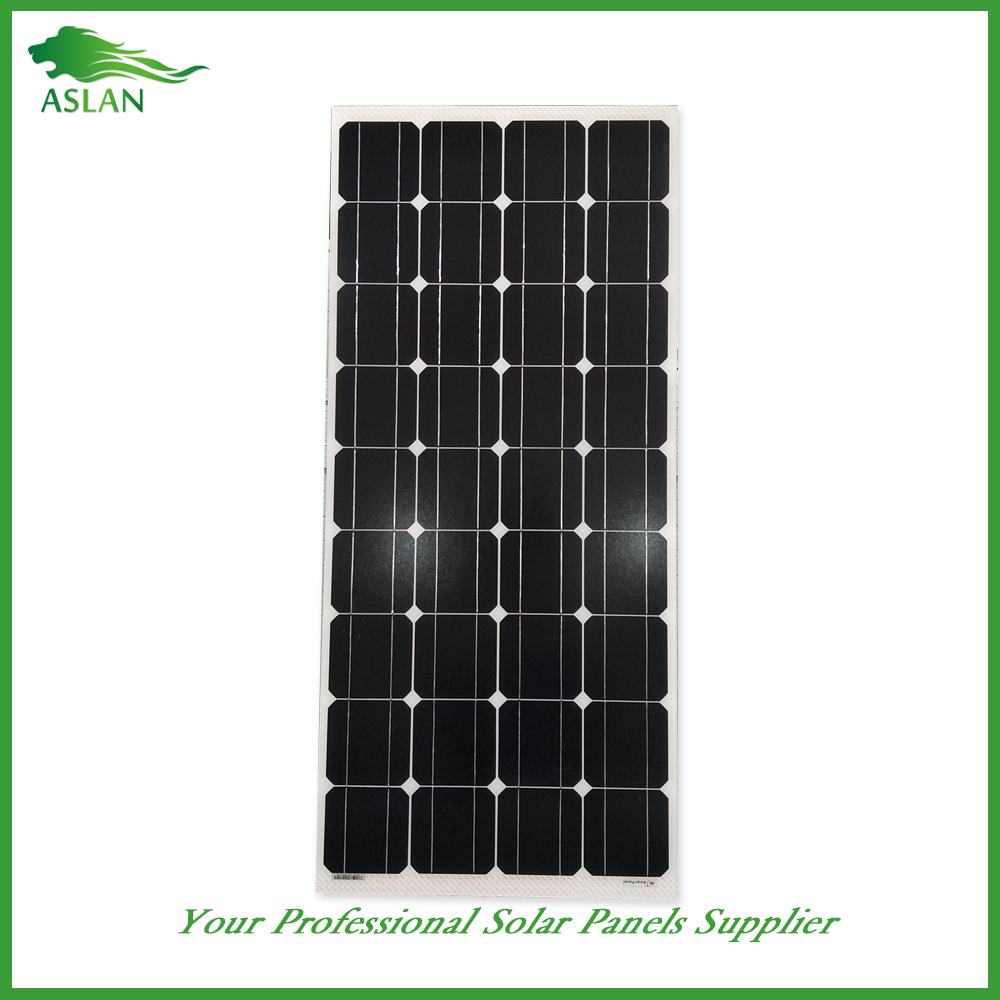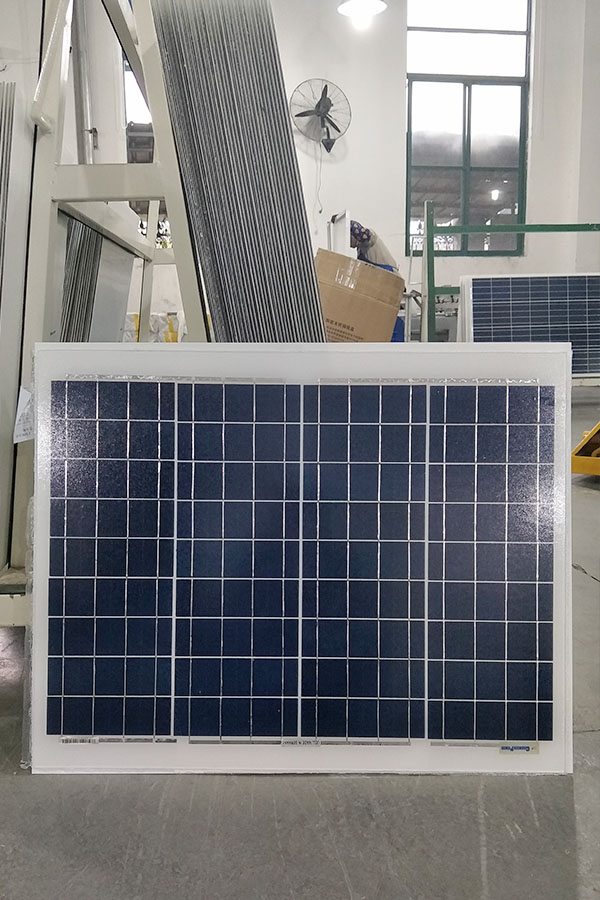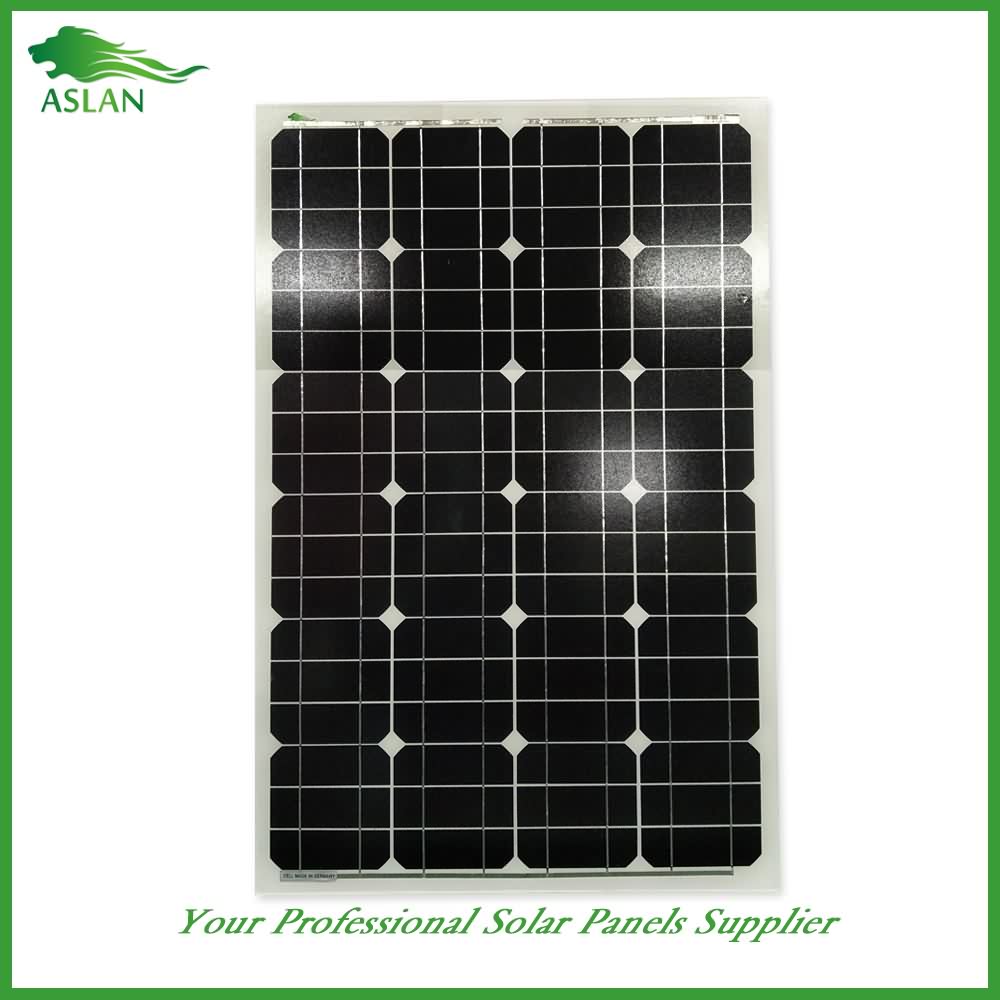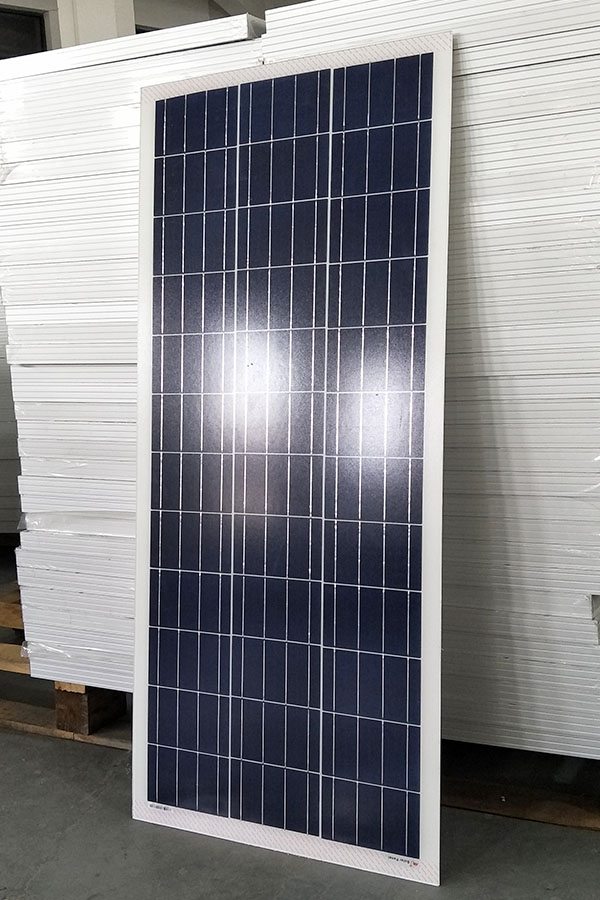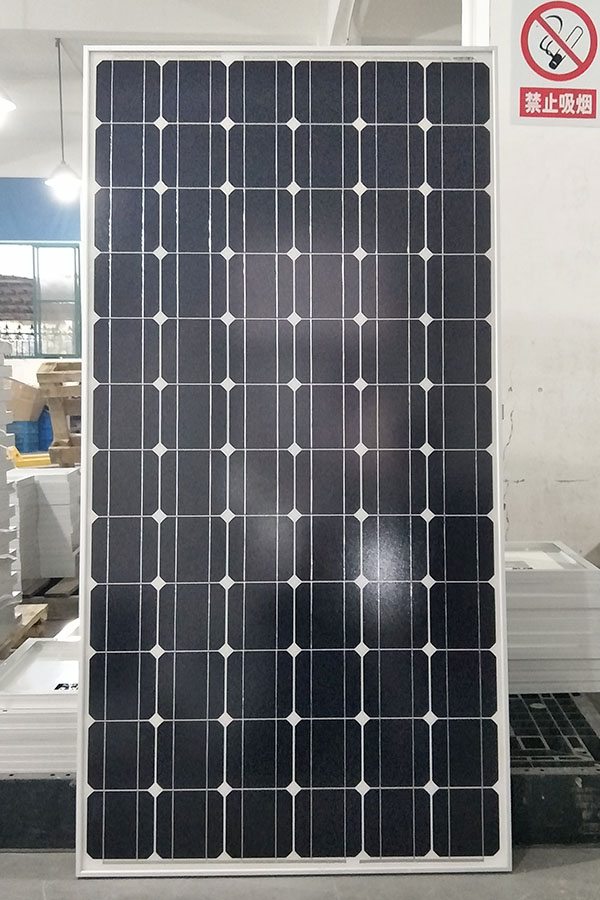Factory Cheap Hot Poly-crystalline Solar Panel 200W Kenya Importers
Short Description:
Our products are widely recognized and trusted by users and can meet continuously changing economic and social needs of Factory Cheap Hot Poly-crystalline Solar Panel 200W Kenya Importers, If you are interested in any of our products and services, please don't hesitate to contact us. We are ready to reply you within 24 hours after receipt of your request and to create mutual un-limited benefits and business in near future.
Poly-crystalline Solar Panel 200W
Technical parameter
Maximum Power(W) 200W
Optimum Power Voltage(Vmp) 26.78V
Optimum Operating Current(Imp) 7.47A
Open Circuit Voltage(Voc) 32.66V
Short Circuit Current(Isc) 8.21A
Mechanical Characteristics
Cell Type Polycrystalline 156x156mm (6 inch)
No of Cell 54 (6x9pcs)
Dimensions 1482x990x40mm
Weight 17.6Kg
Front Glass 3.2mm,High Transmission, Low Iron,Tempered Glass
Junction box IP65 Rated
Output Cable TUV 1×4.0mm2/UL12AWG,Length:900mm
Temperature and Coefficients
Operating Temperature(°C): -40°C ~ + 85°C
Maximum System Voltage: 600V(UL)/1000V(IEC) DC
Maximum Rated Current Series: 15A
Temperature Coefficients of Pmax: -0.47%
Temperature Coefficients of Voc: -0.389%
Temperature Coefficients of Isc: 0.057%
Nominal Operationg Cell Temperature (NOCT): 47+/-2°C
Materials of solar panel
1).Solar Cell——Polycrystalline solar cell 156*156mm
2).Front Glass——-3.2mm, high transmission, low iron, tempered glass
3).EVA——-excellent anti-aging EVA
4).TPT——-TPT hot seal made of flame resistance
5).Frame——anodized aluminum profile
6).Junction Box——-IP65 rated, high quality, with diode protection
Superiority: high quality anodized aluminum frame, high efficiency long life, easy installation, strong wind resistance, strong hail resistance.
Features
1. High cell efficiency with quality silicon materials for long term output stability
2. Strictly quality control ensure the stability and reliability, totally 23 QC procedures
3. High transmittance low iron tempered glass with enhanced stiffness and impact resistance
4. Both Poly-crystalline and Mono-crystalline
5. Excellent performance in harsh weather
6. Outstanding electrical performance under high temperature and low irradiance
Quality assurance testing
Thermal cycling test
Thermal shock test
Thermal/Freezing and high humidity cycling test
Electrical isolation test
Hail impact test
Mechanical, wind and twist loading test
Salt mist test
Light and water-exposure test
Moist carbon dioxide/sulphur dioxide
5 solar panels are series together to produce a maximum output of 13 and a half to 14 volts. this configuration is still in the trial and error phase.
Info: http://energyinnovation.stanford.edu/courses/solar-cells
Preview the online energy course ‘Solar Cells‘ with Stanford Professor Michael McGehee.
Course Description
Photovoltaic cells (also known as solar cells) are used to generate electricity in residential, commercial, utility and off-grid sectors. The latest advances in photovoltaic technology provide a fascinating discovery of how solar cells work.
This course compares silicon, cadmium telluride, copper indium gallium selenide, gallium arsenide, organic, dye-sensitized and multifunction solar cells.
You Will Learn
- Cost effectiveness of different types of solar cells
- Different materials and methods used to manufacture solar cells
- Energy principles in physics, photochemistry and electrochemistry
- Fundamentals of photovoltaic energy

